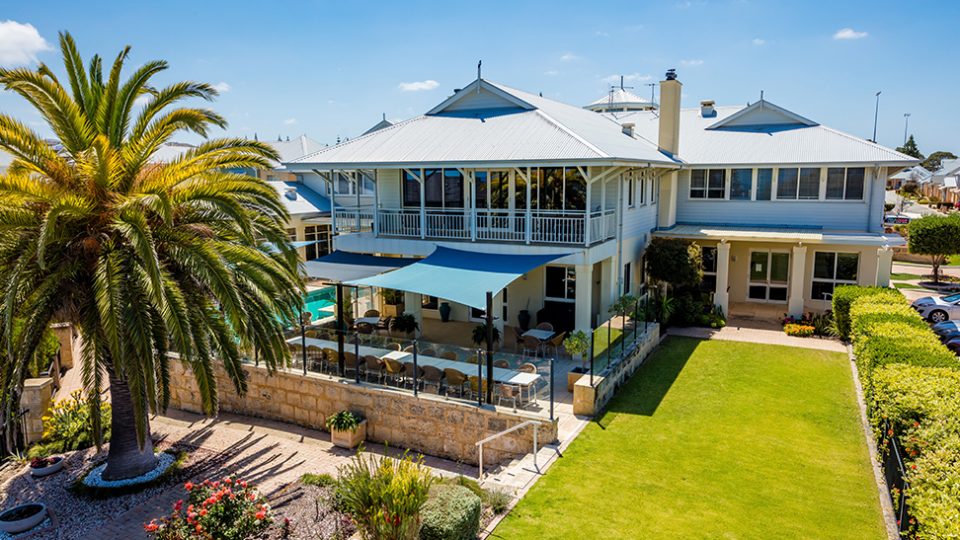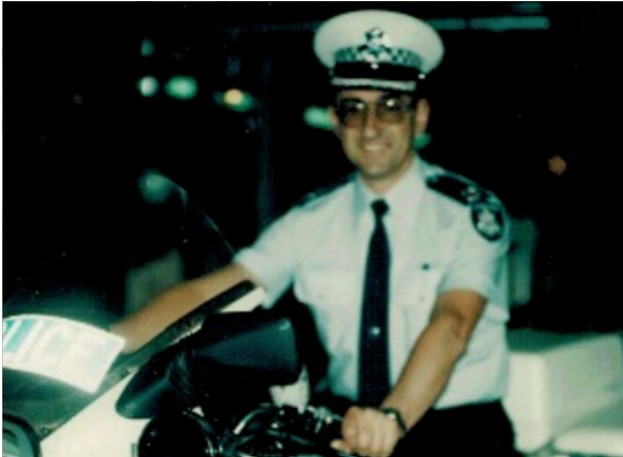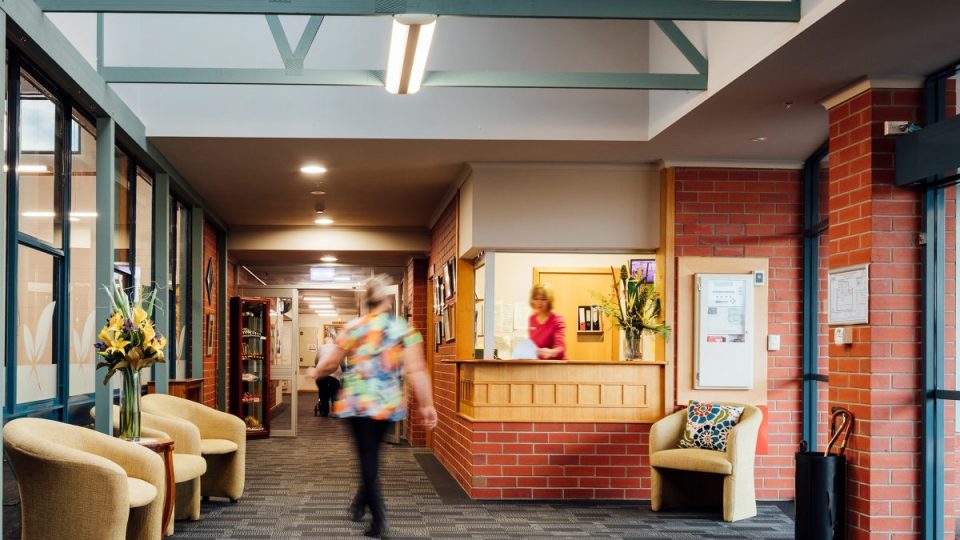Victorians to benefit from Baptcare Affordable Housing and State Government community housing co-investment
- 13 Sep 2021

UPDATE | July 2022: New PassivHaus and 7-star NatHERS designed homes in Sunshine.
Baptcare Affordable Housing is pleased to be building 20 new social/affordable homes in Sunshine, Victoria.
All are energy efficient, and eight are being constructed to the international Passivhaus standard – an Australian first.
The project is a collaboration with Homes Victoria and Creation Homes.
To read more about our latest development, click here.
13 September, 2021
Baptcare Affordable Housing (BAH) is delighted to be partnering with the Victorian Government to deliver two new exciting social housing projects in the Keilor Downs and Lalor communities, announced as part of the Big Housing Build Rapid Round.
The project includes $24m. in Government funding, and a significant co-contribution from Baptcare Affordable Housing, to build 95 new homes (representing 47 homes in Keilor Downs, and 48 homes in Lalor).
The Big Housing Build is a ground-breaking partnership between the Victorian Government and not-for-profit community housing organisations. This includes BAH which exists to provide safe, secure and affordable homes for those renters in our community who are vulnerable and disadvantaged.
The Big Housing Build aims to develop 12,000 social housing dwellings at a cost of $5.3bn with Community Housing Associations. It is the single largest investment in social and affordable housing in Australia’s history and should create around 10,000 jobs per year over the next four years.
BAH is able to apply for funding to construct and operate social housing through the $1.38bn Social Housing Growth Fund (SHGF). We are excited our application in this initial funding round was successful.
Chair of Baptcare Affordable Housing, Philip Curtis says;
“Baptcare Affordable Housing (BAH) was created nine years ago, to provide affordable, well-located, and well-built housing for people on lower incomes who are or at risk of, experiencing homelessness.
Our team at BAH has made a long-term commitment to expand our affordable housing communities and engage effectively with government, at both state and federal levels, to build on our existing resources and broaden our contribution to this sector.
As well as providing affordable housing, BAH advocates for vulnerable and disadvantaged people in our community. At the heart of our mission is our desire to engage with and bring opportunity to people who will benefit from these affordable housing projects,” he says.
Chief Executive of Baptcare Affordable Housing, Graham Dangerfield says;
“We believe that secure, appropriate and affordable housing is a basic human right.
We are thankful for this investment because we know that many people in Keilor Downs and Lalor are struggling to find affordable housing.
Building people affordable homes is aligned with our mission that centres onpartnering for fullness of life with people of all ages, cultures, beliefs and circumstances, and our vision to create communities where every person is cherished,”he says.
Minister for Housing Richard Wynne says;
“We’re getting on with delivering our Big Housing Build, giving more people the certainty of a roof over their head and the security of a job.
More than $1 billion in projects will start this year – delivering new housing and hope to thousands of Victorians.
This is so much more than a construction project – it’s a safe place to call home, training and apprenticeship opportunities and thousands of local jobs” he says.
– ENDS –
|
For more information about Baptcare Affordable Housing visit: baptcare.org.au/services/housing/affordable-housing
|
Media Enquiries: |
Community news
-

BaptistCare to acquire Keyton’s Western Australian retirement village portfolio
BaptistCare is pleased to announce that we have entered into an agreement to acquire Keyton’s portfolio of retirement villages in WA.
- 13 Nov 2025
-

Spotlight on Residents: Reg Baker
At Baptcare, we are always delighted to learn more about our residents’ lives. They are often filled with excitement, joy, and adventure, and it truly reminds us how rich a person’s life is—and continues to be—when they join one of our residential aged care communities. Today, we are honoured to share the remarkable story of one of our residents, Reg Baker, who lives at Baptcare Peninsula View Residential Aged Care community.
- 10 Nov 2025
-

Staff spotlight | Leonie Irvine – 35 years of service in aged care
Leonie is one of our dedicated Lifestyle Assistants at Karingal Residential Aged Care community in Devonport, Tasmania. She recently celebrated an incredible milestone - 35 years of continuous service at Baptcare. In a sector where long-term service is increasingly rare, Leonie’s 35-year journey stands out as something truly special.
- 10 Nov 2025
